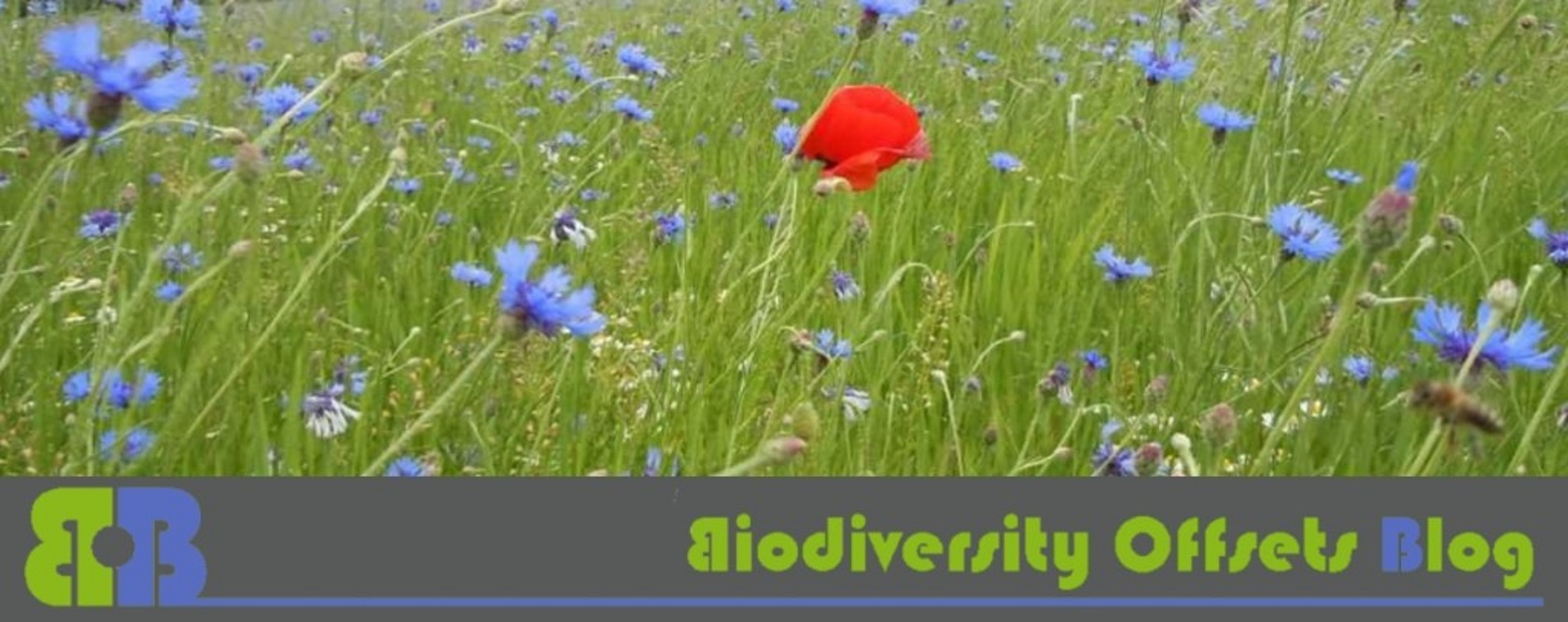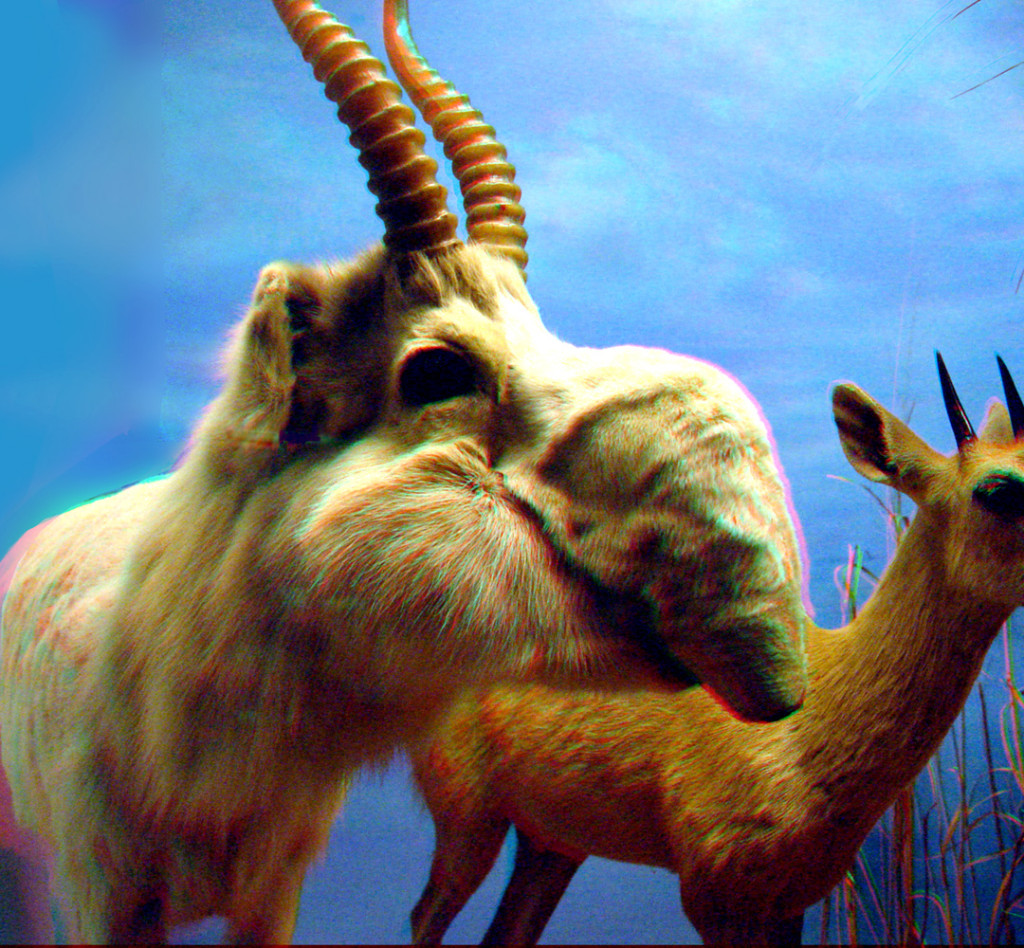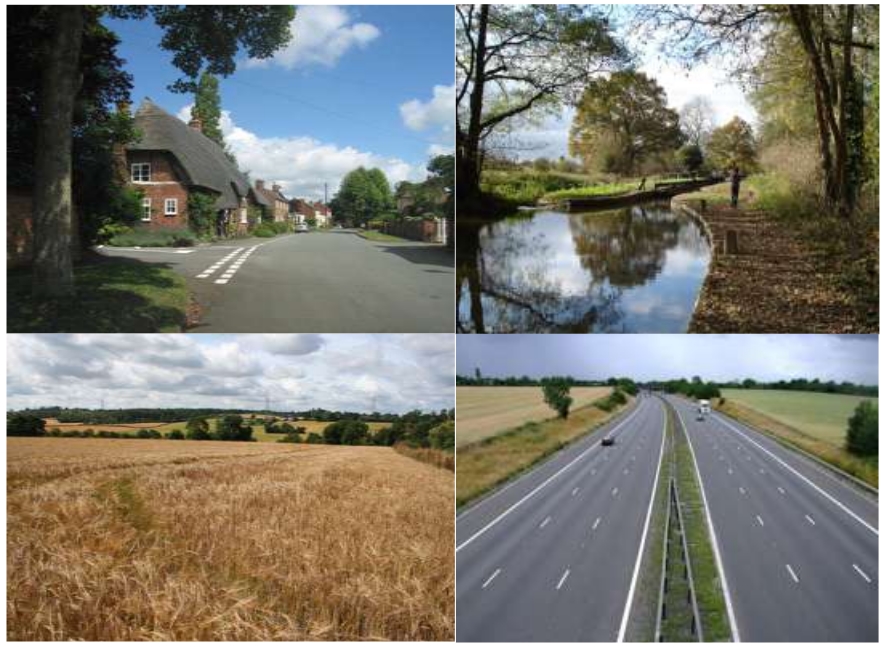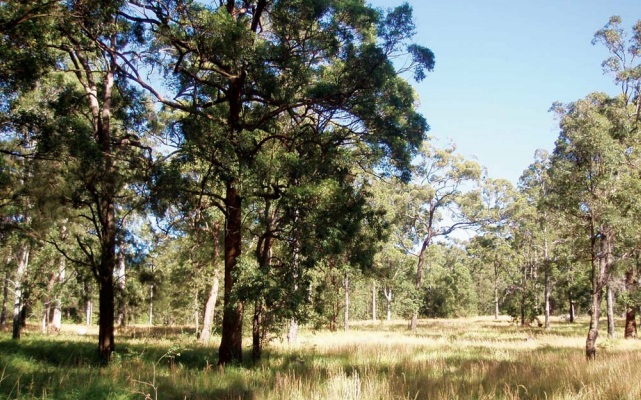As you see, the cactus is feeling quite good and I have also written some pages…
September update:
Cactus: 33 cm / PhD: 83 pages
August:
Cactus: 30 cm / PhD: 53 pages

If you are interested in environmental compensation and biodiversity offsets, there are certainly good news: there is now a whole bunch of information from different sources, locations and viewpoints publicly available (something which wasn’t this easy only a couple of years ago). Now, as has been pointed out (see here) the Biodiversity Offsets Blog aims to compile and somewhat structure this information. But there is not only a wealth of sources already out there on the internet, but also new sources are continuously being added. I am following and collecting the news via Scoop.it and cover the most trending ones in posts on the Biodiversity Offsets Blog.  Nevertheless, not all news can be covered (at least not yet) and therefore the “Biodiversity Offsets Newsweek” will list up the headlines of the past week, together with the links and PDFs of the articles or news (the latter to prevent to loose information — as we know, that unfortunately every now and then things are being removed from the internet).
Nevertheless, not all news can be covered (at least not yet) and therefore the “Biodiversity Offsets Newsweek” will list up the headlines of the past week, together with the links and PDFs of the articles or news (the latter to prevent to loose information — as we know, that unfortunately every now and then things are being removed from the internet).
This week (September 8–14, 2014) the news were dominated by the announcement of the new biodiversity offset fund in New South Wales, Australia. But there were more news form Australia, e.g. concerning the Great Barrier Reef and marine biodiversity offsets or the findings of a new report that biodiversity offsets are poorly implemented at state level. And there are some news on the protest against biodiversity offsets in the UK. Last but not least a new (PhD) report on biodiversity offsets markets was announced.
I don’t know why I usually find myself reading the likes of those lists and instructions “10 things to know…”, “3 reasons for…” or “100 places to visit…”, even though I have seen them so many times before. The reason maybe is that in the information overload we are facing every day it is more comfortable to have things presented well-structured and sorted out — easily accessible and understandable at first glance.
![Crowdsourcing (source: By Katarina Caspersen (Own work) [CC-BY-SA-4.0 (http://creativecommons.org/licenses/by-sa/4.0)], via Wikimedia Commons) Collaboration](http://www.biodiversityoffsets.net/wp-content/uploads/2014/09/Collaboration-300x174.jpg) Now, I tend to explain things rather in detail (you trap me doing it right now!). And so I have found myself writing the same things over and over again, aiming for people to get involved into the Biodiversity Offsets Blog. This has resulted in looong one-on-one emails and messages.
Now, I tend to explain things rather in detail (you trap me doing it right now!). And so I have found myself writing the same things over and over again, aiming for people to get involved into the Biodiversity Offsets Blog. This has resulted in looong one-on-one emails and messages.
Instead, whom I actually want to reach is YOU as you are reading this. If you are interested in biodiversity offsets (I bet you are, because you are here!), I would kindly ask you to have a look at the 15 ways how you can contribute to the Biodiversity Offsets Blog and choose whichever may be most appropriate or appealing to you. And before you ask, I promise to cover in another post how you could benefit from this platform (“15 things you can expect from the Biodiversity Offsets Blog”) 😉 Continue reading
Another PhD on Biodiversity Offsets was published this year. Joe Bull has prepared his work at Imperial College London, Department of Life Sciences.  His work focuses on biodiversity offsets for moving conservation targets. He examines the case of the Saiga Antelope in the Ustyurt in Uzbekistan. See alo my previous post Comparing biodiversity offset calculation methods with a case study in Uzbekistan — new paper by Bull et al. Following, I have included the abstract of the thesis.
His work focuses on biodiversity offsets for moving conservation targets. He examines the case of the Saiga Antelope in the Ustyurt in Uzbekistan. See alo my previous post Comparing biodiversity offset calculation methods with a case study in Uzbekistan — new paper by Bull et al. Following, I have included the abstract of the thesis.
Find the link to the PhD thesis here and an uploaded Pdf here: JoeBull_2014_Biodiversity Offsets for moving conservation targets. Continue reading
In 2017 American ecologists from the Massachusetts Institute of Technology (MIT) develop the groundbreaking technology “GenCalc”. The new calculation method offers the opportunity to initiate transnational biodiversity compensation and credit trading – for the first time without neglecting the complexity of ecosystems and biodiversity. Soon, a number of countries that have already established biodiversity offset and banking systems declare their readiness to serve as testing regions for the new tool. In 2018, New South Wales and Victoria, where commercial biodiversity banking schemes have been in place since the mid-1990s, as well as New Zealand, start to implement the new technology from MIT and create a test network of banks.  The new software enables the trade of valuable species credits throughout Oceania. Careful ecological monitoring takes place in parallel to stop operations if a decline in species is registered. But this was not an issue, at least not until the end of 2018: Literally overnight, Great Barrier Reef corals start to die off en masse as an unintended side effect of coastal development activities. Due to unlikely circumstances, the monitoring system alarm is sent too late for this ecosystem to be saved. The aquatic flora and fauna of the Great Reef are lost forever. In the wake of this disaster, blame is attributed to a software failure.
The new software enables the trade of valuable species credits throughout Oceania. Careful ecological monitoring takes place in parallel to stop operations if a decline in species is registered. But this was not an issue, at least not until the end of 2018: Literally overnight, Great Barrier Reef corals start to die off en masse as an unintended side effect of coastal development activities. Due to unlikely circumstances, the monitoring system alarm is sent too late for this ecosystem to be saved. The aquatic flora and fauna of the Great Reef are lost forever. In the wake of this disaster, blame is attributed to a software failure.
I have recently found the announcement of a Biodiversity Offsetting Workshop in Hatton, Warwickshire (UK) on 22nd September 2014 and want to share this information with you.
The workshop is hosted by CIEEM (Chartered Institute of Ecology and Environmental Management). It is open to anyone, but registration is required prior to the event (Contact: Andrea Wilcockson).
 Here’s a brief information about what to expect from the event:
Here’s a brief information about what to expect from the event:
Louise Martland from the Environment Bank will give a short presentation on the Warwickshire pilot experience, the latest information on how Biodiversity Offsetting is calculated and how an offset site is identified using a case study as illustration. There will then be an opportunity for general discussion.
Read more here.
After I have covered the new biodiversity offset fund in New South Wales and the biodiversity offset policy in the Australian Capital Territory in previous posts I would like to point to the New Environmental Offsets Regime for Queensland.
On 1 July 2014, a new environmental offsets framework was introduced in Queensland. Read more on the website of the Queensland government:![Queensland Panorama By MCaviglia mcaviglia.ch (Own work) [CC-BY-SA-3.0 (http://creativecommons.org/licenses/by-sa/3.0)], via Wikimedia Commons Queensland Panorama By MCaviglia mcaviglia.ch (Own work) [CC-BY-SA-3.0 (http://creativecommons.org/licenses/by-sa/3.0)], via Wikimedia Commons](http://www.biodiversityoffsets.net/wp-content/uploads/2014/09/Queensland-Panorama.jpg)
The new framework streamlines environmental offsets by providing an outcome-based approach to offsets, removing the complexities and duplication associated with the former offsets framework and aligning offsets across all three levels of government.
“This approach – biodiversity offsets – is becoming popular with governments around the world because it appears to provide a win-win: ongoing development without further loss of declining biodiversity.”
A biodiversity offset policy is underway in the ACT (if you’re a non-Aussie that’s the Australian Capital Territory). This is contiguous (both with regard to the content and the geographical location) to the the new biodiversity offsets policy and fund in the state ![Aerial View on the Australian Capital Territory By Graeme Bartlett (Own work) [CC-BY-SA-3.0 (http://creativecommons.org/licenses/by-sa/3.0)], via Wikimedia Commons Aerial View on the Australian Capital Territory By Graeme Bartlett (Own work) [CC-BY-SA-3.0 (http://creativecommons.org/licenses/by-sa/3.0)], via Wikimedia Commons](http://www.biodiversityoffsets.net/wp-content/uploads/2014/09/Australian-Capital-Territory1.jpg) of New South Wales (see my previous post Good news? Bad news? New biodiversity offset fund released in New South Wales, Australia).
of New South Wales (see my previous post Good news? Bad news? New biodiversity offset fund released in New South Wales, Australia).
Once again, it’s not quite clear whether these are good news or bad. Dr. Phil Gibbons from Australian National University (yes, that’s in the ACT) explained in an article in The Age why he considers the ACT biodiversity offset policy flawed (you can find the same comment also in The Sydney Morning Herald).
Yesterday the news (at least in Australia) in the offsetting world were full of the announcement of the new biodiversity offset fund in the state of New South Wales, Australia. The policy was preceded by a public consultation and will enter into force from 1st October 2014. Is it good news? Is it bad news? What do you think?  What is sure is that it is definitely good that this is so much taken up by the media and discussed in the public. Read more on the NSW information portal on the New Offset Policy and in the official NSW media release: The Environment, Farmers & Industry to Benefit from New Offset Policy, and see all the news sources I have found below. Furthermore, I have highlighted some bites and quotes from the news below:
What is sure is that it is definitely good that this is so much taken up by the media and discussed in the public. Read more on the NSW information portal on the New Offset Policy and in the official NSW media release: The Environment, Farmers & Industry to Benefit from New Offset Policy, and see all the news sources I have found below. Furthermore, I have highlighted some bites and quotes from the news below:
A vast collection of cartoons illustrating biodiversity loss — very entertaining and alarming at the same time. Pictures often say much more and much easier than words can do. Have a look and get carried away at:
http://conservationbytes.com/toothless/cartoons/
Here are some of my favourites (maybe you see a sarcastic relation to biodiversity offsets…)